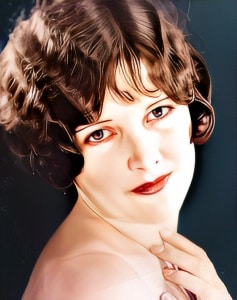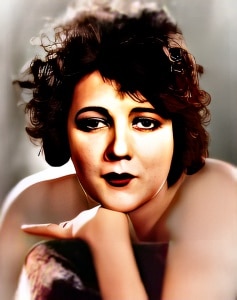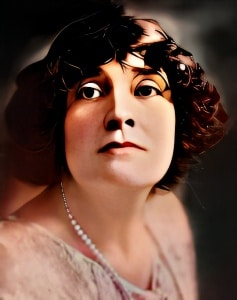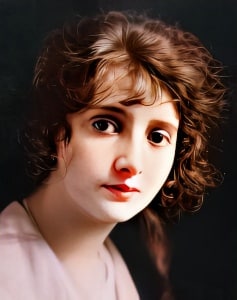 Kathleen Kirkham Woodruff (1895-1961) was an American actress known for her contributions to the early film industry during the silent film era.
Kathleen Kirkham Woodruff (1895-1961) was an American actress known for her contributions to the early film industry during the silent film era.
Born on April 15, 1895, in Butte, Montana, she began her career in Hollywood and quickly gained recognition for her acting talent. Woodruff’s work in both acting and screenwriting left a significant mark on the early world of cinema.
Woodruff’s journey into the world of entertainment began with a passion for the performing arts. She initially pursued her dreams as a chorus girl on the Broadway stage, an experience that honed her performance skills and stage presence. Her transition to silent films was a natural progression, and it allowed her to continue her career in the world of entertainment.
One of Kathleen Kirkham Woodruff’s most notable early film appearances came in the 1917 silent film “The Little American,” directed by the legendary Cecil B. DeMille. In this World War I drama, she portrayed the character of Louise Crips, a French girl. Her performance added depth and authenticity to the story, and her work in the film contributed to its success. “The Little American” was celebrated for its emotional impact and engaging narrative, and Woodruff’s portrayal of Louise was a highlight of the film.
Kathleen Kirkham Woodruff was known for her versatility as an actress. Throughout her career, she effortlessly transitioned between various genres and roles, from romantic leads to supporting characters. Her ability to convey complex emotions and engage audiences through expressive acting was a testament to her talent. Her performances resonated with filmgoers and added to the appeal of the films in which she appeared.
In addition to her acting career, Woodruff also ventured into screenwriting, allowing her to be more involved in shaping the stories of the films in which she participated. Her understanding of the art of storytelling, both on stage and on screen, provided her with a deeper insight into the craft of filmmaking.
Kathleen Kirkham Woodruff’s work in silent films demonstrated her ability to convey intricate emotions and engage audiences through her expressive acting. In an era when dialogue was absent in films, her performances relied heavily on physical expression and subtlety. This highlighted her skill as an actress who could convey complex feelings through her gestures and expressions.
As the film industry transitioned to sound cinema, Kathleen Kirkham Woodruff adapted to the changing landscape. She continued to work in the evolving medium, demonstrating her resilience and ability to thrive in the shifting world of cinema. Her ability to adapt to different genres and roles allowed her to maintain her presence in the industry.
Despite facing personal challenges, including health issues and financial difficulties, Woodruff continued to pursue her passion for acting and storytelling in the entertainment industry.
Kathleen Kirkham Woodruff’s career spanned several decades, from the silent film era to the early sound era. Her work contributed to the evolving landscape of cinema and allowed her to witness the changing nature of the film industry. Her contributions to the history of early Hollywood remain an important part of the legacy of American cinema.
Kathleen Kirkham Woodruff passed away on November 7, 1961, leaving behind a legacy that continues to be celebrated by film enthusiasts and historians. Her versatility as an actress, her understanding of storytelling in cinema, and her ability to engage and connect with audiences are an integral part of the history of early Hollywood and the enduring power of film.
Loading live eBay listings...




